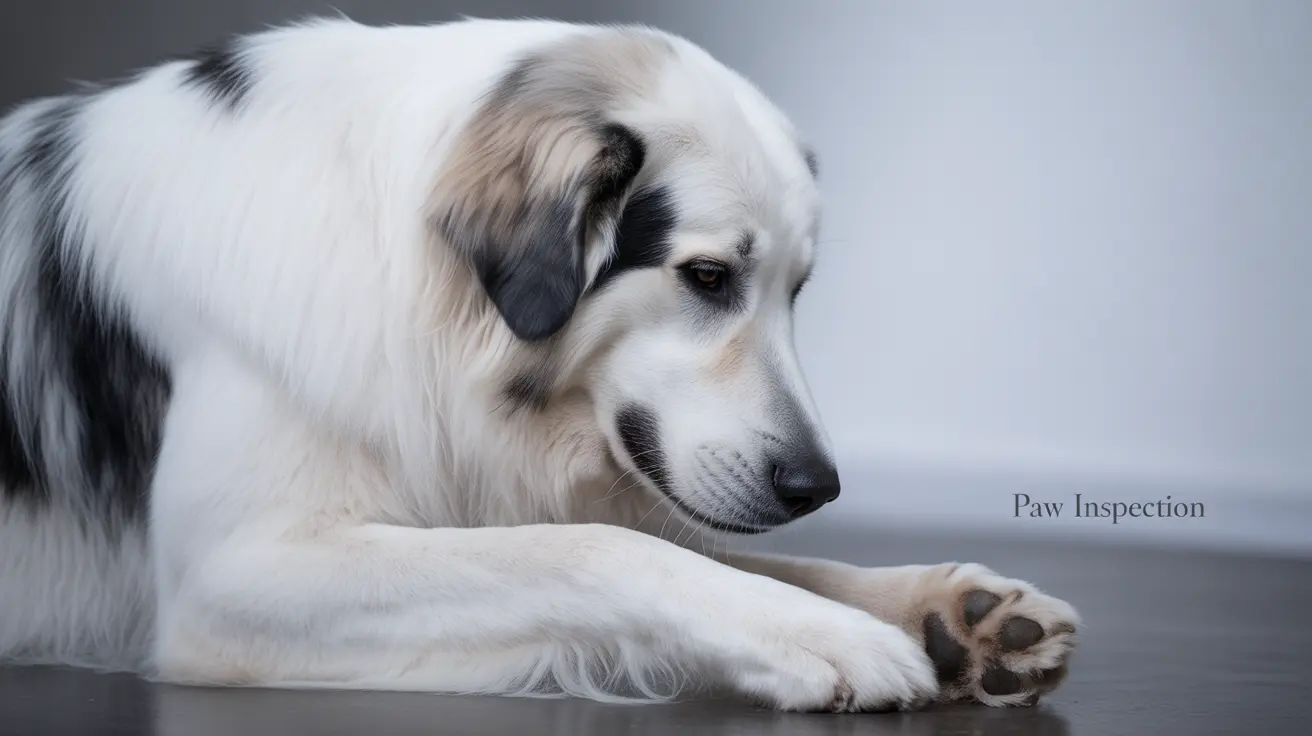When it comes to understanding our canine companions, one fascinating aspect of their anatomy is their paw structure, specifically their toes. Most dogs have a total of eighteen toes across all four paws, but the arrangement and variations of these digits can differ among breeds and individual dogs.
In this comprehensive guide, we'll explore everything you need to know about dog toes, from their basic anatomy to special considerations for different breeds. Understanding your dog's paw structure is crucial for proper care and early detection of potential health issues.
The Basic Toe Count in Dogs
Most dogs are born with 18 toes distributed across their four paws in the following arrangement:
- Five toes on each front paw (including dewclaws)
- Four toes on each back paw
This standard configuration serves specific evolutionary purposes and helps dogs maintain balance, agility, and proper weight distribution while moving. The front paws having an extra toe isn't just a random occurrence – it's a deliberate adaptation that has persisted through generations of canine evolution.
Understanding Dewclaws and Their Purpose
The fifth toe on each front paw, known as the dewclaw, sits higher up on the leg and doesn't typically make contact with the ground during normal walking. These digits are similar to our thumbs and can serve several purposes:
- Helping dogs grip objects
- Providing additional stability during running
- Assisting with climbing and navigating rough terrain
- Supporting the leg during sharp turns
Special Cases and Breed Variations
While most dogs follow the standard toe configuration, some breeds exhibit unique variations:
- Great Pyrenees and certain other mountain breeds often have double dewclaws on their rear legs
- Some working breeds may have their dewclaws removed to prevent injury
- Rare cases of polydactyly (extra toes) can occur in certain breeds
The Importance of Proper Toe Care
Maintaining healthy toes and paw pads is crucial for your dog's overall wellbeing. Regular care should include:
- Nail trimming (including dewclaws)
- Checking for injuries or foreign objects between toes
- Monitoring paw pads for wear and tear
- Protecting paws in extreme weather conditions
Frequently Asked Questions
How many toes do dogs usually have on their front and back paws?
Dogs typically have five toes on each front paw (including the dewclaw) and four toes on each back paw, totaling 18 toes altogether.
What is a dewclaw, and why do some dogs have extra toes on their back paws?
A dewclaw is the fifth toe located higher up on the leg, similar to a thumb. Some breeds naturally have rear dewclaws due to genetic traits, particularly in mountain or herding breeds where extra traction was historically beneficial.
How do dog toes and paw pads help with a dog's balance and movement?
Dog toes and paw pads work together to provide stability, shock absorption, and proper weight distribution during movement. The digital pads under each toe offer grip and protection while walking or running.
Should I trim my dog's dewclaws, and why is it important for their health?
Yes, dewclaws should be regularly trimmed as they don't naturally wear down through contact with the ground. Untrimmed dewclaws can become caught on objects, leading to painful tears or injuries.
Why do certain dog breeds have double dewclaws on their rear legs?
Double rear dewclaws are a breed characteristic in some dogs, particularly mountain breeds like the Great Pyrenees. This trait historically helped these dogs maintain better grip and stability while working on steep, rough terrain.
Maintaining Healthy Dog Toes
Understanding your dog's toe anatomy helps you provide better care and quickly identify potential problems. Regular monitoring, proper grooming, and prompt attention to any injuries or abnormalities will help keep your dog's paws healthy and functional throughout their life.
Remember that while the standard number of toes is 18, variations are normal and often breed-specific. What matters most is maintaining proper care of your dog's unique paw structure to ensure their comfort and mobility.






